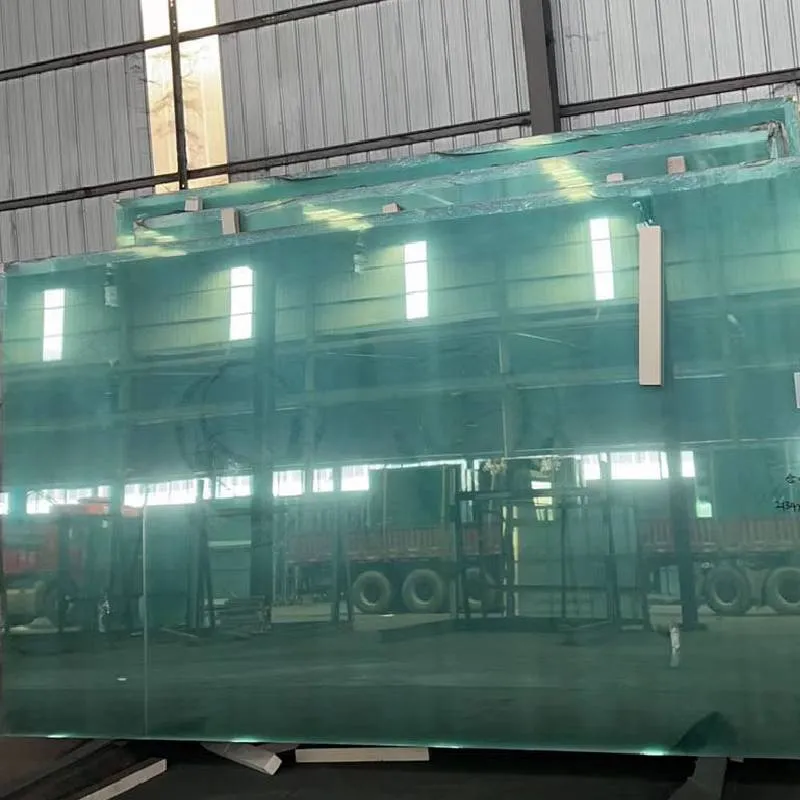The Art and Science of Tempered Glass Design
Tempered glass, also known as toughened glass, has gained significant importance in both residential and commercial construction due to its strength and durability. The design of tempered glass not only focuses on its physical properties but also its aesthetic appeal, making it a favored choice among architects and designers. This article delves into the fundamental aspects of tempered glass design, highlighting its manufacturing process, applications, and benefits.
Manufacturing Process
The design and manufacturing of tempered glass involve a rigorous process that begins with standard glass. The initial stage includes cutting the glass to the desired size and shape, followed by thorough cleaning to eliminate any impurities. The glass is then subjected to a heat treatment process known as tempering. This process involves heating the glass to temperatures of around 600 degrees Celsius (1,112 degrees Fahrenheit) and then rapidly cooling it using high-speed air jets.
This heating and cooling cycle introduces compressive stresses on the surface of the glass, which increases its strength significantly—up to five times stronger than untreated glass of the same thickness. Moreover, tempered glass is designed to shatter into small, blunt pieces rather than sharp shards, reducing the risk of injury in the event of breakage. This characteristic makes it an essential material in various safety applications.
Applications
Tempered glass is prevalent in a myriad of applications ranging from architecture to automotive design. In architecture, it is used for façades, windows, and doors due to its ability to withstand high wind loads and thermal stress. In both commercial and residential settings, tempered glass enhances the aesthetic value of buildings, allowing for expansive views while providing security and safety.
In the automotive industry, tempered glass is employed in the construction of side windows and rear windows. Its strength is crucial in vehicle safety standards, as it can better absorb impact. Additionally, it is used in shower enclosures, glass railings, and tabletops, showcasing its versatility in design.
tempered glass design
Aesthetic Appeal
From a design perspective, tempered glass offers an elegant solution for modern architecture. It comes in various finishes, including clear, frosted, and tinted, allowing designers to experiment with light and transparency to create visually stunning environments. The ability to laminate or print on tempered glass opens up further creative possibilities, making it a popular choice for decorative purposes.
When incorporated thoughtfully, tempered glass can reflect and refract natural light, enhancing the ambiance of a space
. Moreover, its sleek surface is easy to clean and maintain, which is an attractive feature for designers and homeowners alike.
Benefits of Tempered Glass Design
Incorporating tempered glass into design brings numerous benefits. Its durability ensures a long lifespan with minimal maintenance, making it a cost-effective option. The safety aspects of tempered glass are paramount, especially in high-traffic and vulnerable areas. Additionally, its thermal resistance permits greater design flexibility, as it can accommodate larger glass panels without compromising structural integrity.
Lastly, tempered glass can contribute to energy efficiency in buildings. By allowing natural light to penetrate while providing insulation, it helps reduce the need for artificial lighting and heating, promoting a more sustainable approach to design.
Conclusion
In summary, tempered glass design harmonizes safety, functionality, and aesthetic appeal. Its unique manufacturing process, coupled with its diverse applications, positions it as a critical material in modern architecture and design. As trends continue to evolve, the potential for innovative uses of tempered glass remains vast, inviting designers to explore new horizons while prioritizing safety and beauty in their creations. Whether in residential spaces or commercial buildings, tempered glass embodies a perfect synthesis of art and science.
 Afrikaans
Afrikaans  Albanian
Albanian  Amharic
Amharic  Arabic
Arabic  Armenian
Armenian  Azerbaijani
Azerbaijani  Basque
Basque  Belarusian
Belarusian  Bengali
Bengali  Bosnian
Bosnian  Bulgarian
Bulgarian  Catalan
Catalan  Cebuano
Cebuano  Corsican
Corsican  Croatian
Croatian  Czech
Czech  Danish
Danish  Dutch
Dutch  English
English  Esperanto
Esperanto  Estonian
Estonian  Finnish
Finnish  French
French  Frisian
Frisian  Galician
Galician  Georgian
Georgian  German
German  Greek
Greek  Gujarati
Gujarati  Haitian Creole
Haitian Creole  hausa
hausa  hawaiian
hawaiian  Hebrew
Hebrew  Hindi
Hindi  Miao
Miao  Hungarian
Hungarian  Icelandic
Icelandic  igbo
igbo  Indonesian
Indonesian  irish
irish  Italian
Italian  Japanese
Japanese  Javanese
Javanese  Kannada
Kannada  kazakh
kazakh  Khmer
Khmer  Rwandese
Rwandese  Korean
Korean  Kurdish
Kurdish  Kyrgyz
Kyrgyz  Lao
Lao  Latin
Latin  Latvian
Latvian  Lithuanian
Lithuanian  Luxembourgish
Luxembourgish  Macedonian
Macedonian  Malgashi
Malgashi  Malay
Malay  Malayalam
Malayalam  Maltese
Maltese  Maori
Maori  Marathi
Marathi  Mongolian
Mongolian  Myanmar
Myanmar  Nepali
Nepali  Norwegian
Norwegian  Norwegian
Norwegian  Occitan
Occitan  Pashto
Pashto  Persian
Persian  Polish
Polish  Portuguese
Portuguese  Punjabi
Punjabi  Romanian
Romanian  Russian
Russian  Samoan
Samoan  Scottish Gaelic
Scottish Gaelic  Serbian
Serbian  Sesotho
Sesotho  Shona
Shona  Sindhi
Sindhi  Sinhala
Sinhala  Slovak
Slovak  Slovenian
Slovenian  Somali
Somali  Spanish
Spanish  Sundanese
Sundanese  Swahili
Swahili  Swedish
Swedish  Tagalog
Tagalog  Tajik
Tajik  Tamil
Tamil  Tatar
Tatar  Telugu
Telugu  Thai
Thai  Turkish
Turkish  Turkmen
Turkmen  Ukrainian
Ukrainian  Urdu
Urdu  Uighur
Uighur  Uzbek
Uzbek  Vietnamese
Vietnamese  Welsh
Welsh  Bantu
Bantu  Yiddish
Yiddish  Yoruba
Yoruba  Zulu
Zulu 

